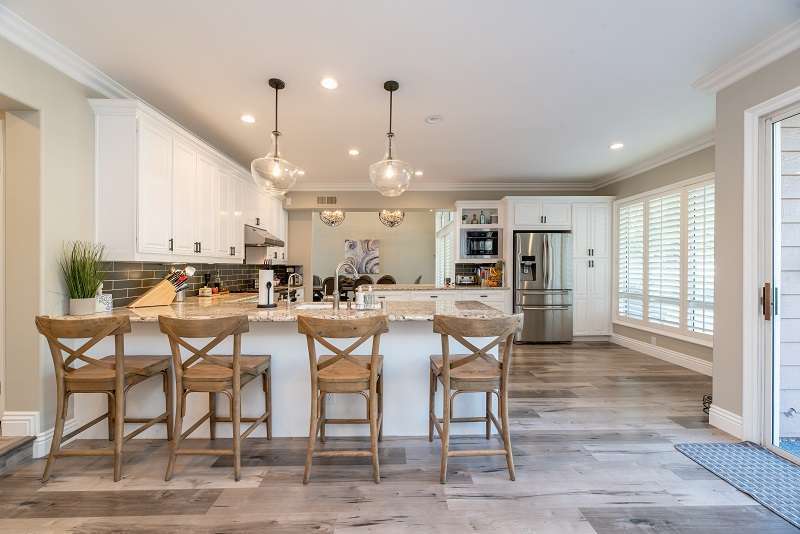
Saving and investing are two very different financial strategies. Once you understand the difference between saving and investing, you may do a better job of managing your money. Why? You’ll have a better grasp of when it’s appropriate to save money, when it’s better to invest, and which financial products are right for each goal.
What is saving?
Saving essentially means storing your money to use in the fairly near future. You might deposit this money into a bank savings account.
What are the advantages of putting money into savings?
Saving is a good strategy if you’ll need your money in a short time. You may earn some interest on your balance, but not much.1
More important reasons to put money into savings might be that you:- Won’t lose money: In most cases, savings accounts are insured against loss by organizations like the Federal Deposit Insurance Corporation (FDIC).
- Can access your money quickly: When you need your money, you can usually withdraw it without any financial penalty up to a certain number of withdrawals per month, after which you may have to pay a fee.
What are the risks?
Your money may not earn the highest potential yield. In fact, if your savings interest rate doesn’t keep up with the average cost of living, you lose some of your money’s buying power over time.
What financial goals call for saving rather than investing?
Consider putting money into a savings-type account if you need it within in a short time. A typical market cycle is five-to-seven years, so if you need the money in less time than that, it’s a good idea to put it in a savings account. Saving is also a good strategy if you plan to completely fund the goal yourself, and don’t need to rely on your money growing significantly.
Examples of savings goals include:- Car down payment
- Vacation money
- Down payment for a home, you’ll buy in seven years or less
- Home improvement projects
What financial accounts should you consider for storing savings?
- Bank/credit union savings accounts
- Interest-earning checking accounts
- Money market accounts
- Certificates of Deposit (CDs)
- U.S. Treasury bills and savings bonds
What is investing?
When you invest, you expect to earn money on your investments over time—more than you could earn with a savings account.
Because investments, such as stocks, bonds, and mutual funds, are connected to the financial markets, your account values may go up and down according to changes in the economy.
What are the advantages of putting money into investments?
Investing is often a smart strategy for achieving longer-term financial goals. Because you won’t need your money right away, you can afford for your investments to fluctuate in value. In addition, you can:
- Give your financial goals a head start: Investing may help you earn more money in return than you could just by saving.
- Participate in global financial markets: Even if you don’t own a profitable, global business, you can share in its success. How? By buying a company’s stock or owning a mutual fund that invests in companies.
What are the risks?
Investments may climb in value when financial markets are doing well, the economy is improving, or a company’s profits are growing. However, investments can also lose money when the market declines or a company’s performance slumps. It’s possible to choose low-risk investments. However, they usually earn less over time.
What financial goals might require investing instead of saving?
Investing can be a good approach when you have longer-term financial goals or need to earn significantly more money than you could by saving it.
Consider investing for:- Retirement
- College costs
- Down payment for a house, you plan to buy in 10+ years
- Starting a business
- Leaving a financial legacy for your family
What types of financial products or assets are considered investments?
- Stocks
- Bonds
- Mutual funds
- Exchange-traded funds (ETFs)
- Real estate
- Real estate investment trusts (REITs)
A healthy mix of saving and investing
Most people benefit from both saving and investing. For instance, you might store money in a savings account for your end-of-year property tax payments or next summer’s vacation. At the same time, you might invest money you’ve earmarked for a future business opportunity and for retirement.





